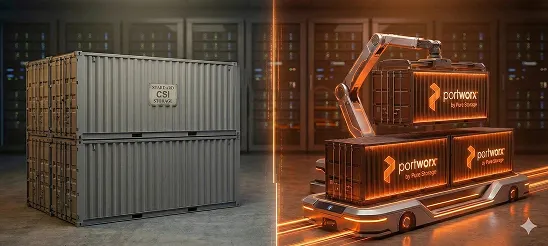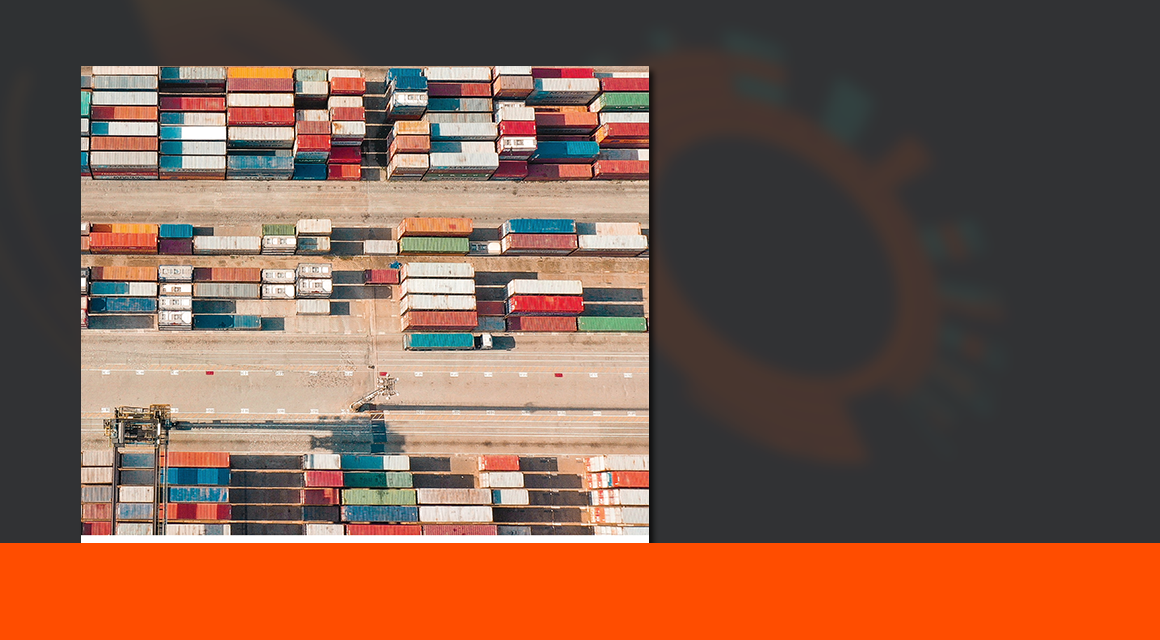Meet SLAs With Confidence
With flexible RPO/RTO policies and support for hybrid and multi-cloud environments, Portworx Disaster Recovery ensures your business stays resilient.
Meet Data Loss Requirements
Hit your Service Level Agreements (SLAs) for critical applications that require no data loss and limited downtime.
Recover Data Quickly
Automated DR policies ensure quick recovery of data without developers writing scripts or digging through documentation.
Maintain Compliance Needs
Configurable DR provides tailored protection across application tiers—helping you meet business or regulatory requirements.
The Portworx Disaster Recovery Solution
Standard CSI is a Single Point of Failure
Most CSI drivers lack built-in replication, forcing you to rely on complex, hardware-dependent storage cloning. Portworx delivers Zero RPO disaster recovery at the software layer, independent of your infrastructure.

Featured Products
Automate storage operations and maximize application performance with enterprise-grade storage management.
Protect application data with built-for-Kubernetes backup and recovery that is application aware and container granular.
Ensure business continuity with synchronous and asynchronous disaster recovery no matter where your data's located.
Customer Stories
-
DXC Technology
-
HSBC
-
Johnson Control

Delivering Virtually No Data Loss
We decided to go with Portworx, implemented it to provide a constant synchronization of the stateful application's state. In the end, we achieved an RPO of virtually zero—five miliseconds, and RTO of 15 minutes... It is the only solution that we know of that actually works and delivers this.
- Jelle Wolthuizen, Product Manager, Managed Container Services, DXC Technology"
Read the Case Study
Providing a Complete Storage Platform
There's more value in the [Portworx] platform itself. You've got backup, DR, and replication capabilities... We're not tied to a particular flavor or Kubernetes or storage.
-Steve Lewis, Global Head of Engineering - Container Platforms, HSBC"
Read the Case Study
Ensuring Peace of Mind
If we lose our data, our customers suffer, and that’s not an option. Portworx allows us to back up our application data and retrieve it at a moment’s notice, which gives both our business and our customers peace of mind.
- Suresh Mothikuru, Vice President of Technology, Platform Engineering, and Reliability Engineering"
Read the Case StudyCheck Out Our Kubernetes Disaster Recovery Resources
Demo
Designing Synchronous & Asynchronous Disaster Recovery solutions for Kubernetes using Portworx PX-DR.




